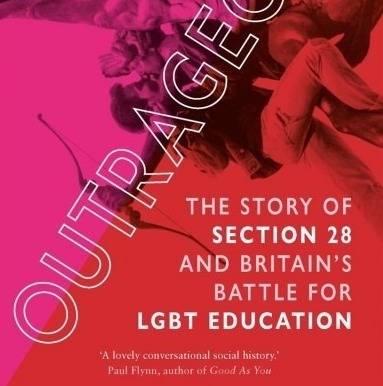
Readers may have followed the furore over the statue of Mary Wollstonecraft, erected to honour the writer, philosopher and advocate of women’s rights near her erstwhile home in Newington Green, North London. Ever since it was unveiled in November – the result of a ten-year-long campaign led by the writer Bee Lowlatt – it has caused controversy and fired debate.
Made by the painter and sculptor Maggi Hambling, the statue drew immediate criticism due to its depiction of a silver naked everywoman, with various critics saying that it was insulting to honour the “mother of feminism” with a naked female form. Since then, the statue has been clothed with a festive red cape at Christmas, covering up its nudity, while in January it was defaced with orange graffiti.
In this battle over her legacy, not many people have stopped to consider what Wollstonecraft herself might have thought. Thankfully, a new book was published in January that might shed some light on the issue. The rigorously researched and beautifully crafted Wollstonecraft: Philosophy, Passion, and Politics by Sylvana Tomaselli looks beyond Wollstonecraft’s reputation as the author of the Vindication of the Rights of Woman, by far her most famous book. Instead, it explores her life and work as a whole. Wollstonecraft died at the age of 38 but was prolific during her short life. As well as being an activist for women’s rights and emancipation, she was a political philosopher whose engagement with the work of Edmund Burke and Jean-Jacques Rousseau over the French Revolution is well known, but whose numerous treatises, histories and novels are just beginning to receive the recognition they deserve.
Tomaselli’s book echoes a format favoured by Wollstonecraft herself, with chapters on such diverse subjects as “Painting”, “Memory” or “The Enlightened World of the Future”. Her comprehensive account recognises Wollstonecraft’s foundational contribution to humanist thought. One of her chief causes and arguments was that both men and women, of all social classes, should be treated as equally rational beings, within a social order founded on reason.
The book illuminates the thinking behind the Mary on the Green campaign, which fought for a statue of Wollstonecraft to recognise her contribution to equality, diversity and human rights, and particularly as an inspiration to local young people in Islington, Haringey and Hackney. Having suffered from poverty and exclusion early in her life, Wollstonecraft certainly understood the importance of such inspiration. Of course, it’s difficult to say for sure what she would have made of the statue that resulted from this campaign. As a strong advocate of self-control, she may well have kept her thoughts to herself, while appreciating the increasing interest in her work. After all, she was a pragmatist when it came to her lifelong cause: the betterment of humanity, regardless of gender or class.
This piece is a preview from the Witness section of New Humanist spring 2021. Subscribe today.

